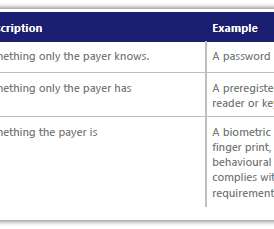Banking on mainframe-led digital transformation for financial services
IBM Big Data Hub
JULY 31, 2023
Before the internet and cloud computing , and before smartphones and mobile apps, banks were shuttling payments through massive electronic settlement gateways and operating mainframes as systems of record. And the beating heart of financial institutions is the IBM mainframe. million customers.













Let's personalize your content